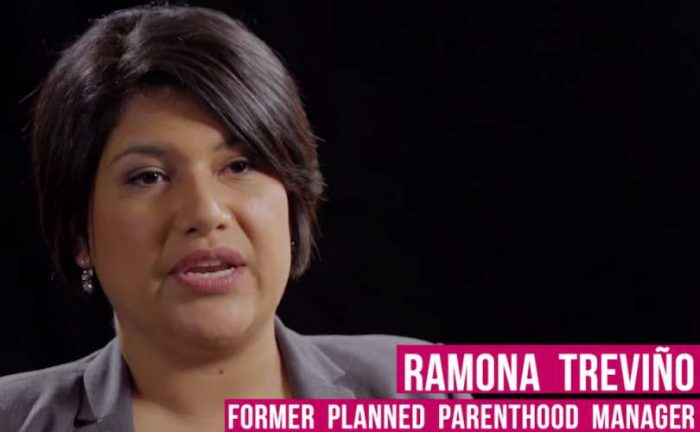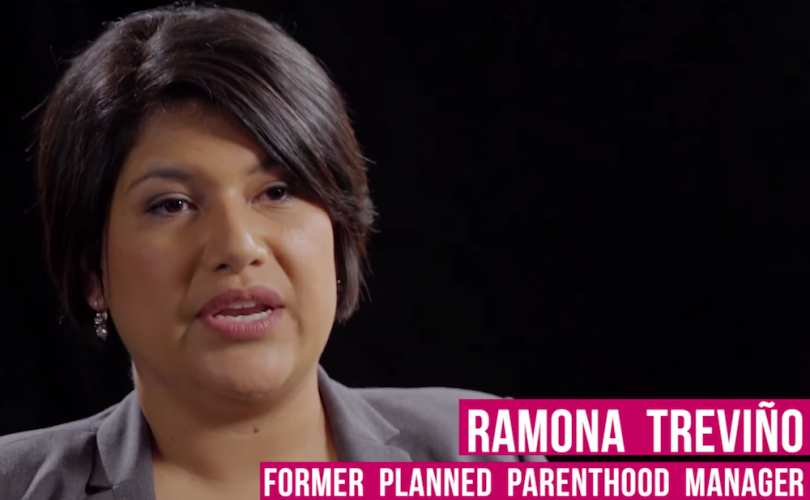Everything about Planned Parenthood is quota driven, from the patient numbers to the revenue – and even the abortions. If you’ve ever talked to an ex-abortion worker, you’ll find one commonality, and that’s quotas.
Although I didn’t work at one of Planned Parenthood’s abortion centers, I can confirm that even non-abortion centers like mine had quotas to meet. I remember at almost every single Planned Parenthood manager meeting, it was discussed that both patient numbers and revenue were down across the board. This included the surgical centers where abortions, vasectomies, and gynecological procedures like cryotherapy and/or cervical ionization was performed.
Now, your immediate thought might be, “Wait a minute. Vasectomies, cryotherapy, and cervical conization are not bad things.” But ask yourself this question: how does one meet quotas at an abortion center?
Well, for starters, abortions must increase. I would also guess vasectomies must increase. (But when’s the last time you heard Planned Parenthood talk about their views on the importance of vasectomy services?) Then, there’s cryotherapy and cervical ionization, available for women who have abnormal Pap smears — which are frequently caused by an STI like HPV. How do those services increase? Typically it happens as more women are infected with potentially cancer-causing viruses like HPV.

The author, Ramona Trevino
Despite the fact that Planned Parenthood continues to close non-abortion facilities, they use centers like the one I managed, to feed the abortion side of business. We needed to meet quotas too, and when I worked there, I was great at meeting quotas. I was great at selling whatever I had to sell to meet my goals, whether it was an expensive form of birth control, like an IUD, or convincing women that they needed to get tested for every single STI/STD under the sun. I was good at my job, and it was all super easy. The women going into Planned Parenthood aren’t people to Planned Parenthood. They’re not even patients. They’re numbers.
So, again, ask yourself, how does Planned Parenthood meet its quotas?
Let me put it this way: Planned Parenthood is not in the business of prevention. (Prevention doesn’t earn Cecile Richards that hefty $957,000 annual salary.) Planned Parenthood isn’t even in the business of preventing pregnancy or of preventing STIs. And currently, with more than 328,000 abortions per year, an increase of nearly 5,000 from the previous year, Planned Parenthood is definitely not in the business of preventing abortion.
Planned Parenthood is in the business of abortion. It needs young women to get pregnant, and this is accomplished in many ways. First, despite how hard Planned Parenthood fights to defend the idea that women need Planned Parenthood, they don’t. We know that FQHCs outnumber Planned Parenthood by the thousands, and those facilities offer so much more than what Planned Parenthood can offer.
On the surface, Planned Parenthood tells the public that it really cares about parental involvement and even abstinence, but that’s all a ruse. When minors came in to my Planned Parenthood with parents, we insisted that the parents wait in the lobby, even when the parents insisted on accompanying their daughters. It was important for them to stay in the lobby because often, the parents would encourage their daughters NOT to get on birth control. And that was no good for Planned Parenthood’s business, nor was it good for ensuring future abortion clients.
Planned Parenthood is in the schools for a reason. It knows it must drive a wedge between parents and their children so that Planned Parenthood can gain the child’s trust and become the voice of authority for all things sex-related.
Planned Parenthood has done a fabulous job of normalizing sexual promiscuity, STIs, deviant sexual behaviors, and abortion.
So how does Planned Parenthood meet its quotas? Here’s the answer: They need women and men to have sex, to contract STIs, for women to get pregnant, for them get on birth control, and for them to have abortions.







